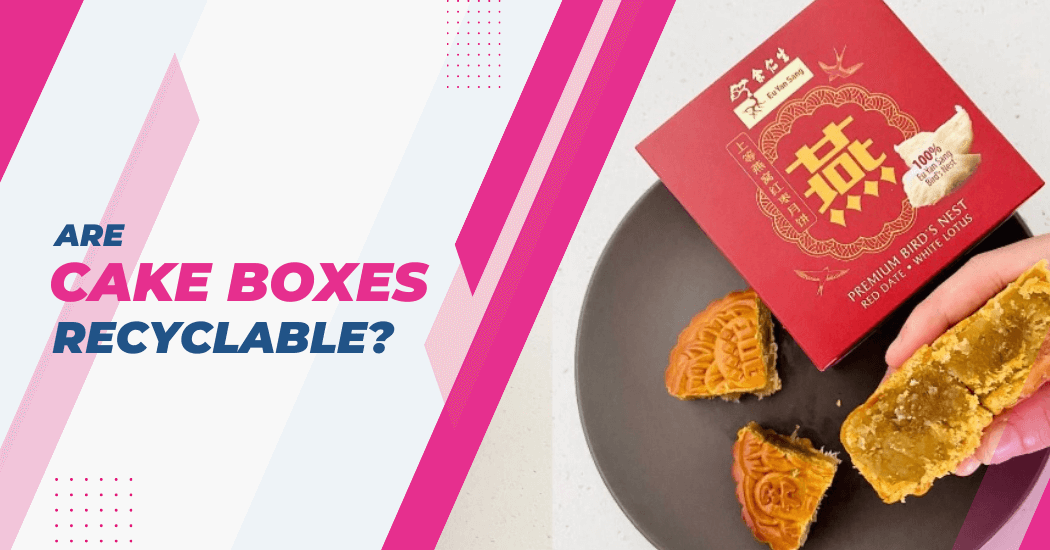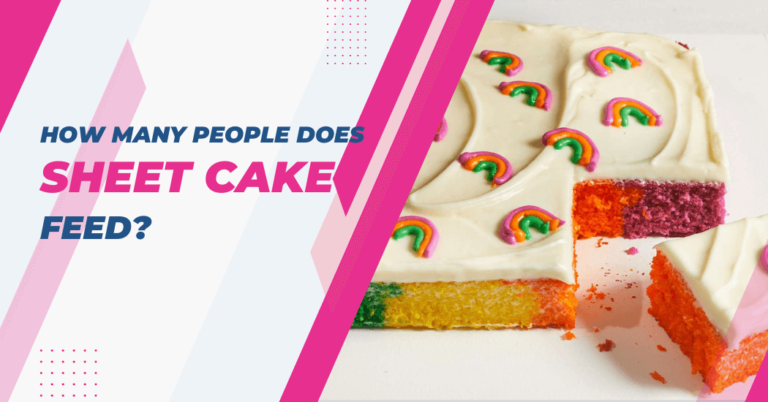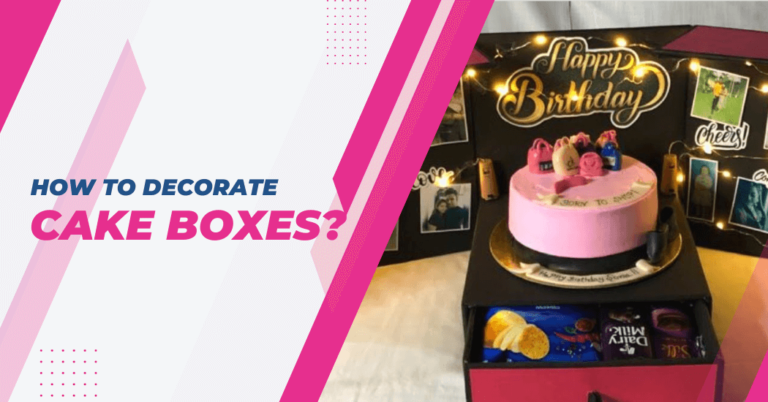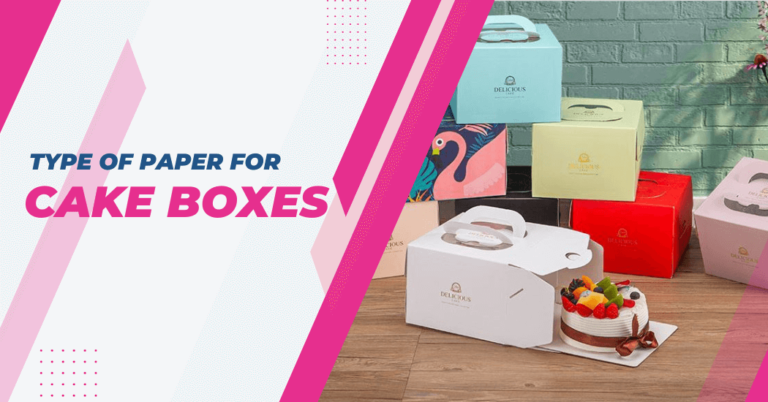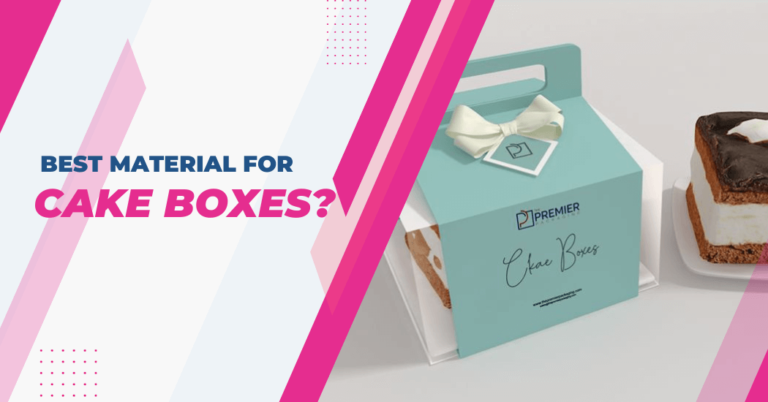Are cake boxes recyclable?
In a world increasingly conscious of environmental sustainability, even the smallest choices we make can have a significant impact. One such consideration is the recyclability of everyday items including the seemingly innocuous cake box.
As delectable desserts find their way into our homes, the question arises: Are cake boxes recyclable?
In this blog post, we’ll delve into the recyclability of cake boxes, examining the materials commonly used in their production and the implications for our efforts to reduce environmental impact.
Understanding the recyclability of cake boxes not only contributes to individual eco-consciousness but also sheds light on broader implications for waste management and the quest for a greener planet.
Can I recycle cakes boxes?
Material used in the production of cake boxes
The material used in the production of cake boxes is an important factor to consider as it affects the overall quality and appearance of the final product.
Cake boxes need to be sturdy and durable enough to protect the delicate contents inside, while also being visually appealing.
- Cardboard: Most cake boxes are made from cardboard, which is a type of thick paper stock. This material is ideal for cake boxes as it is sturdy, lightweight and can be easily cut and folded into various shapes and sizes. The cardboard also provides a smooth surface for printing logos or designs on the box.
- Corrugated cardboard: Some cake boxes may be made from corrugated cardboard, which consists of three layers – an inner layer of fluted paper sandwiched between two outer layers of cardboard. This type of material provides extra strength and durability, making it perfect for larger or heavier cakes.
- Plastic: Plastic cake boxes are becoming increasingly popular due to their durability and versatility. They can come in various shapes and sizes, with some even having a clear window to showcase the cake inside. However, plastic is not biodegradable and may hurt the environment.
- Styrofoam: Styrofoam cake boxes are lightweight and provide excellent insulation for keeping cakes fresh. They are also water-resistant, making them suitable for transporting cakes in wet conditions. However, they are not environmentally friendly as they do not decompose easily.
- Paperboard: Paperboard is a thin, lightweight material that is commonly used in the production of smaller cake boxes. It is not as sturdy as cardboard but it is still a popular choice due to its affordability and recyclability.
- Recyclable materials: In recent years, there has been a growing trend towards using eco-friendly and sustainable materials in the production of cake boxes. These can include recycled cardboard or paper, biodegradable plastics and even edible packaging made from materials such as rice paper or sugar cane.
Choosing the right material for cake boxes is crucial as it not only affects the quality of the product but also has an impact on the environment.
Manufacturers need to consider using sustainable and recyclable materials to reduce their carbon footprint and contribute towards a greener future.
Are cake boxes recyclable?
Yes, cake boxes are generally recyclable but it depends on the materials used in the construction of the box. Cake boxes are often made from paper or cardboard, which are recyclable materials. However, if the box is coated with a layer of plastic or wax to make it more resistant to moisture, it may not be recyclable.
To determine if a specific cake box is recyclable, you should check the packaging or contact your local recycling facility. They can guide what materials they accept for recycling in your area.
In general, it’s a good practice to separate different materials (such as removing any plastic inserts or decorations) before recycling to ensure the materials are properly processed.
Cake Boxes Recycling Process (Step By Step)
- Separation of Materials: Start by disassembling the cake box. Remove any plastic inserts, decorations or coated layers that aren’t recyclable.
- Collection and Transportation: Collect the disassembled, recyclable parts of the cake box and place them in your recycling bin. These will be picked up by your local waste management facility and transported to the recycling plant.
- Sorting: At the recycling plant, the materials are sorted by type. Paper and cardboard are separated from other materials like metal or plastic.
- Pulping: The paper and cardboard are then soaked in water to create a pulp. This pulp is then heated and agitated to break down the material into fibres.
- Cleaning and De-Inking: The pulp is cleaned to remove any remaining non-paper elements and de-inked to remove any print or colour.
- Drying and Rolling: The cleaned pulp is then dried and rolled into large sheets of paper or cardboard.
- Re-use: These sheets are now ready to be cut, shaped and printed into new products, completing the recycling process.
Remember that while recycling is a vital part of waste management, it’s also important to reduce and reuse wherever possible. We can all play a part in achieving a more sustainable future.
Factors that affect the recyclability of cake boxes
Several factors affect the recyclability of cake boxes:
- Material Composition: Cake boxes can be made from a variety of materials such as cardboard, plastic or a combination of both. The type of material used primarily determines if a cake box is recyclable. Cardboard boxes are typically more recyclable compared to plastic ones.
- Ink and Adhesives: The types of ink and adhesives used in the cake boxes also play a crucial role. Some ink types and adhesives can contaminate the recycling process, rendering the boxes non-recyclable.
- Food Contamination: Food residue left in the cake box can affect the recyclability. Organic matter can contaminate the recycling process and heavily soiled boxes may end up in the landfill instead of being recycled.
- Local Recycling Policies: The recyclability of cake boxes depends heavily on local recycling facilities and policies. Some areas may lack the necessary facilities to recycle certain types of materials, making it difficult for cake boxes made from those materials to be recycled. It is essential to check with your local recycling facility for specific guidelines.
- Size and Shape: Large cake boxes or those with complex shapes can be challenging to recycle as they take up a lot of space in the recycling bin and often require additional processing. Smaller, simple-shaped boxes are easier to recycle.
- Certifications: Some cake box manufacturers obtain certifications such as the Forest Stewardship Council (FSC) certification, which ensures that the materials used in making their boxes come from sustainable sources. These certifications can increase the chances of the cake boxes being recycled.
- Reuse: Reusing cake boxes is another way to minimize waste and improve their recyclability. If a cake box is still in good condition, it can be used for other purposes such as storing items or packing gifts. This reduces the need for new boxes and ultimately decreases the amount of waste generated.
- Consumer Education: Educating consumers on proper recycling practices is crucial in improving the recyclability of cake boxes. Many people are unaware of what materials can be recycled, how to properly clean and prepare them and where to take them for recycling. By educating consumers, we can reduce the contamination of recyclable materials and increase their chances of being recycled.
- Overall Environmental Impact: The recyclability of cake boxes not only affects waste reduction but also has an impact on the environment. Materials that are not properly disposed of take up valuable space in landfills and can release harmful chemicals into the environment. By improving the recyclability of cake boxes, we can reduce our environmental footprint and work towards a more sustainable future.
While our custom printed cake boxes are generally recyclable and printed with food safe inks. Although, these factors can determine whether a specific box can be recycled in your area. It’s important to be aware of these factors and make informed choices to contribute to a more sustainable future.
FAQs – Cake Boxes Recycling
How can I determine if a cake box is recyclable in my area?
To determine if a cake box is recyclable in your area, you should first check any recycling symbols or instructions printed on the box. These symbols usually give an indication of the material used and its recyclability.
If no such information is provided, you could look at the material of the box. Cardboard is generally recyclable but if the box has a lot of plastic or wax coating or contains food residues, it might not be accepted by recycling facilities.
What types of cake boxes are not recyclable?
Cake boxes made from materials that cannot be recycled, such as plastic or wax-coated cardboard, are not recyclable. Boxes with heavy food contamination, complex shapes or large sizes may also be difficult to recycle.
It’s essential to check with your local recycling facility for specific guidelines on what types of cake boxes they can accept for recycling.
Can cupcake boxes be recycled?
Yes, most cupcake boxes can be recycled. They are often made from cardboard or paper, which are both widely recyclable materials. However, it’s important to make sure that they are free from food waste before recycling, as this can contaminate the recycling process.
Some cupcake boxes have a plastic window which should be removed before recycling. Always check with your local recycling guidelines to be sure.
Final Words
The recyclability of cake boxes depends on the materials used in their production. While cardboard or paper-based cake boxes are generally recyclable, it is crucial to check for any non-recyclable components such as plastic coatings or decorations.
To contribute to environmental sustainability, individuals should be mindful of the materials in their cake boxes and make informed choices when disposing of them.
Additionally, efforts to reduce overall waste, such as opting for reusable or compostable packaging alternatives, can further support eco-friendly practices in the realm of food packaging.
In essence, promoting awareness and responsible disposal practices can play a significant role in minimizing the environmental impact of cake box packaging.
